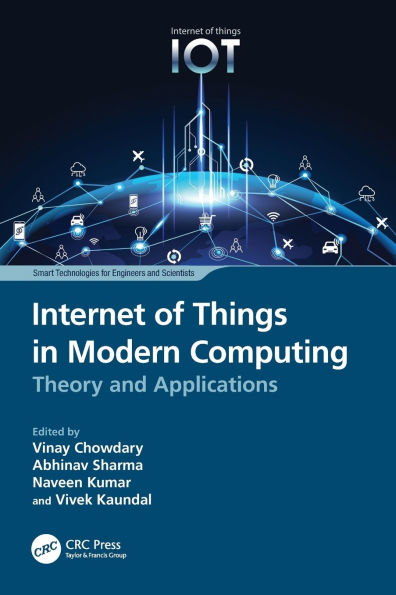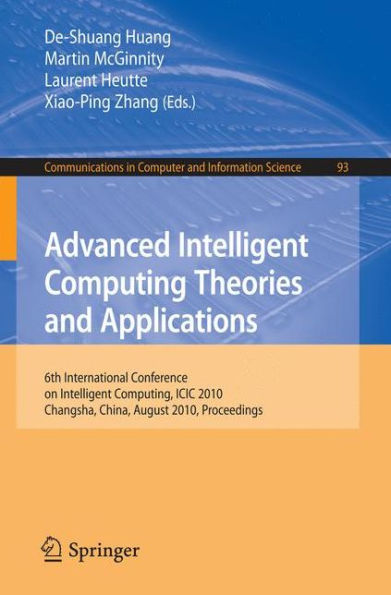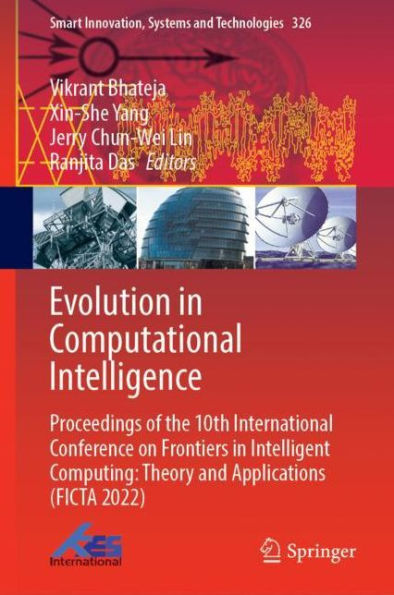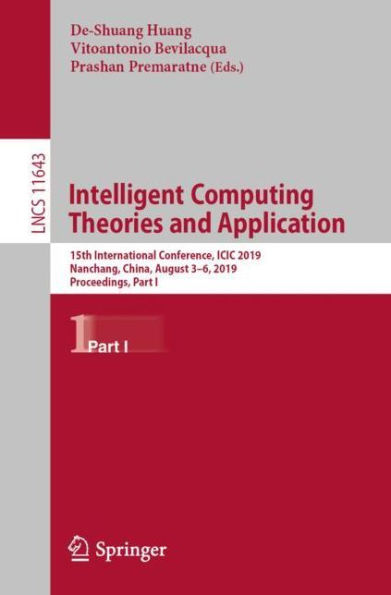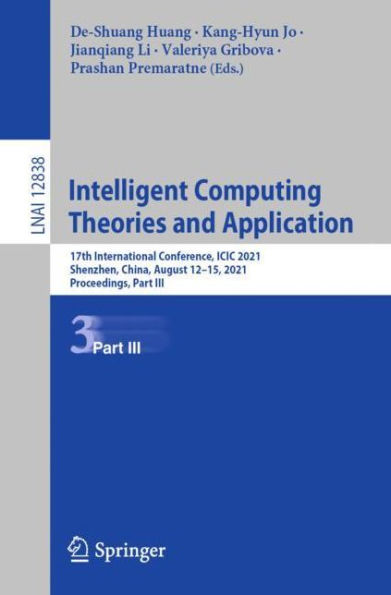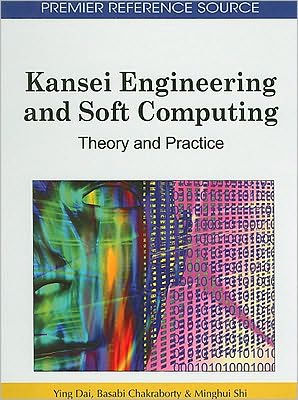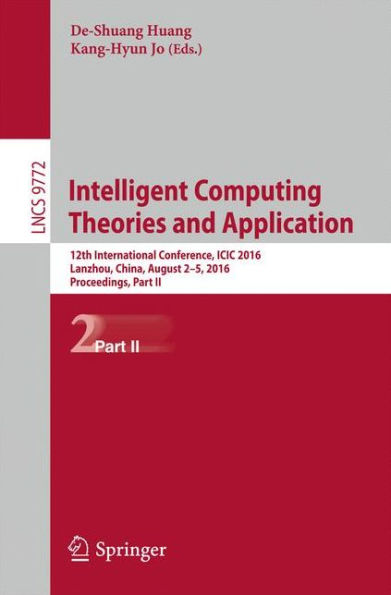Home
Reservoir Computing: Theory, Physical Implementations, and Applications
Barnes and Noble
Loading Inventory...
Reservoir Computing: Theory, Physical Implementations, and Applications in Franklin, TN
Current price: $199.99

Barnes and Noble
Reservoir Computing: Theory, Physical Implementations, and Applications in Franklin, TN
Current price: $199.99
Loading Inventory...
Size: OS
This book is the first comprehensive book about reservoir computing (RC). RC is a powerful and broadly applicable computational framework based on recurrent neural networks. Its advantages lie in small training data set requirements, fast training, inherent memory and high flexibility for various hardware implementations. It originated from computational neuroscience and machine learning but has, in recent years, spread dramatically, and has been introduced into a wide variety of fields, including complex systems science, physics, material science, biological science, quantum machine learning, optical communication systems, and robotics. Reviewing the current state of the art and providing a concise guide to the field, this book introduces readers to its basic concepts, theory, techniques, physical implementations and applications.
The book is sub-structured into two major parts: theory and physical implementations. Both parts consist of a compilation of chapters, authored byleading experts in their respective fields. The first part is devoted to theoretical developments of RC, extending the framework from the conventional recurrent neural network context to a more general dynamical systems context. With this broadened perspective, RC is not restricted to the area of machine learning but is being connected to a much wider class of systems. The second part of the book focuses on the utilization of physical dynamical systems as reservoirs, a framework referred to as physical reservoir computing. A variety of physical systems and substrates have already been suggested and used for the implementation of reservoir computing. Among these physical systems which cover a wide range of spatial and temporal scales, are mechanical and optical systems, nanomaterials, spintronics, and quantum many body systems.
This book offers a valuable resource for researchers (Ph.D. students and experts alike) and practitioners working in the field of machine learning,artificial intelligence, robotics, neuromorphic computing, complex systems, and physics.
The book is sub-structured into two major parts: theory and physical implementations. Both parts consist of a compilation of chapters, authored byleading experts in their respective fields. The first part is devoted to theoretical developments of RC, extending the framework from the conventional recurrent neural network context to a more general dynamical systems context. With this broadened perspective, RC is not restricted to the area of machine learning but is being connected to a much wider class of systems. The second part of the book focuses on the utilization of physical dynamical systems as reservoirs, a framework referred to as physical reservoir computing. A variety of physical systems and substrates have already been suggested and used for the implementation of reservoir computing. Among these physical systems which cover a wide range of spatial and temporal scales, are mechanical and optical systems, nanomaterials, spintronics, and quantum many body systems.
This book offers a valuable resource for researchers (Ph.D. students and experts alike) and practitioners working in the field of machine learning,artificial intelligence, robotics, neuromorphic computing, complex systems, and physics.
This book is the first comprehensive book about reservoir computing (RC). RC is a powerful and broadly applicable computational framework based on recurrent neural networks. Its advantages lie in small training data set requirements, fast training, inherent memory and high flexibility for various hardware implementations. It originated from computational neuroscience and machine learning but has, in recent years, spread dramatically, and has been introduced into a wide variety of fields, including complex systems science, physics, material science, biological science, quantum machine learning, optical communication systems, and robotics. Reviewing the current state of the art and providing a concise guide to the field, this book introduces readers to its basic concepts, theory, techniques, physical implementations and applications.
The book is sub-structured into two major parts: theory and physical implementations. Both parts consist of a compilation of chapters, authored byleading experts in their respective fields. The first part is devoted to theoretical developments of RC, extending the framework from the conventional recurrent neural network context to a more general dynamical systems context. With this broadened perspective, RC is not restricted to the area of machine learning but is being connected to a much wider class of systems. The second part of the book focuses on the utilization of physical dynamical systems as reservoirs, a framework referred to as physical reservoir computing. A variety of physical systems and substrates have already been suggested and used for the implementation of reservoir computing. Among these physical systems which cover a wide range of spatial and temporal scales, are mechanical and optical systems, nanomaterials, spintronics, and quantum many body systems.
This book offers a valuable resource for researchers (Ph.D. students and experts alike) and practitioners working in the field of machine learning,artificial intelligence, robotics, neuromorphic computing, complex systems, and physics.
The book is sub-structured into two major parts: theory and physical implementations. Both parts consist of a compilation of chapters, authored byleading experts in their respective fields. The first part is devoted to theoretical developments of RC, extending the framework from the conventional recurrent neural network context to a more general dynamical systems context. With this broadened perspective, RC is not restricted to the area of machine learning but is being connected to a much wider class of systems. The second part of the book focuses on the utilization of physical dynamical systems as reservoirs, a framework referred to as physical reservoir computing. A variety of physical systems and substrates have already been suggested and used for the implementation of reservoir computing. Among these physical systems which cover a wide range of spatial and temporal scales, are mechanical and optical systems, nanomaterials, spintronics, and quantum many body systems.
This book offers a valuable resource for researchers (Ph.D. students and experts alike) and practitioners working in the field of machine learning,artificial intelligence, robotics, neuromorphic computing, complex systems, and physics.
